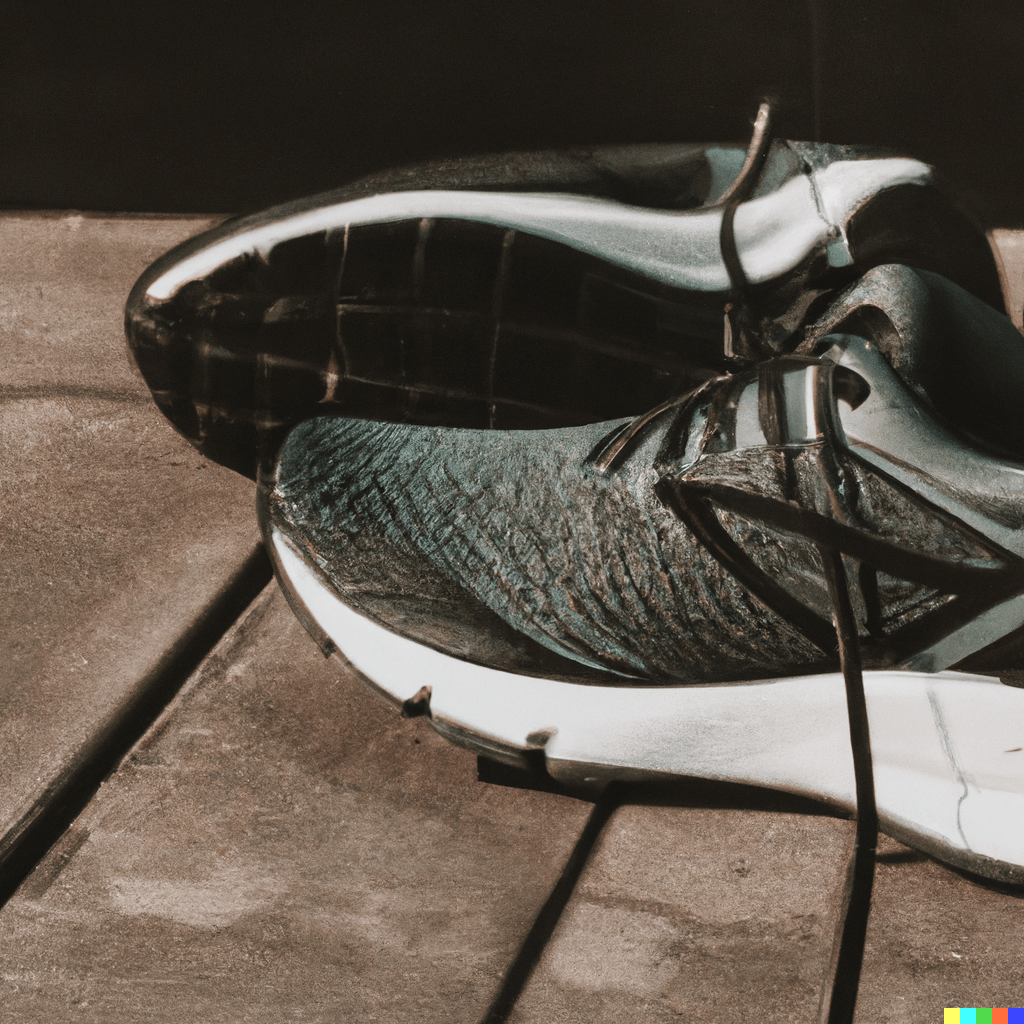
Running is an excellent form of exercise that offers numerous benefits, such as improved cardiovascular health, weight management, and stress reduction. It's a popular choice for fitness enthusiasts and athletes alike. However, focusing solely on running can lead to overuse injuries, muscular imbalances, and plateauing in your fitness progress. That's where cross-training comes in.
Cross-training involves incorporating different forms of exercise into your fitness routine to complement and enhance your running performance. By engaging in a variety of activities, you not only strengthen your running muscles but also target other muscle groups, improve overall fitness, and reduce the risk of injuries.
In this article, we will explore the importance of cross-training for runners and delve into various cross-training activities that can diversify your fitness routine. From cycling and swimming to strength training, yoga, and Pilates, there are numerous options to choose from. By incorporating cross-training into your regimen, you can become a more well-rounded athlete and take your running to new heights.
Why Cross-Training?
While running is a fantastic cardiovascular workout, it primarily engages certain muscle groups and repetitive movements. Over time, this can lead to muscular imbalances and overuse injuries. Incorporating cross-training into your fitness routine offers several advantages:
- Prevents overuse injuries by reducing the strain on specific muscles and joints
- Improves overall fitness and cardiovascular endurance
- Strengthens muscles that are not typically targeted during running
- Enhances flexibility, balance, and agility
- Provides mental stimulation and prevents boredom
Types of Cross-Training
1. Cycling
Cycling is an excellent low-impact activity that complements running. It works different muscles, primarily the quadriceps, hamstrings, and glutes, while providing a cardiovascular challenge. Whether you choose outdoor cycling or indoor stationary biking, incorporating cycling into your routine can improve leg strength, endurance, and overall aerobic capacity.
2. Swimming
Swimming is a fantastic full-body workout that is easy on the joints. It engages the upper body, core, and lower body muscles while providing an excellent cardiovascular challenge. Swimming helps build overall strength, improves lung capacity, and enhances flexibility. It also provides a refreshing break from high-impact activities and can aid in active recovery.
3. Strength Training

Strength training plays a vital role in injury prevention and overall performance improvement for runners. It helps build strong muscles, improves bone density, and enhances power and stability. Focus on exercises that target the major muscle groups, including the legs, hips, core, and upper body. Incorporate exercises such as squats, lunges, deadlifts, push-ups, and planks into your strength training routine.
4. Yoga
Yoga is a fantastic way to improve flexibility, balance, and body awareness. It also promotes relaxation and helps prevent injuries by increasing mobility and correcting muscle imbalances. Certain yoga poses, such as lunges, downward dog, and pigeon pose, can specifically benefit runners by stretching tight muscles, improving hip mobility, and relieving post-run soreness.
5. Pilates
Pilates focuses on core strength, stability, and overall body alignment. It helps improve posture, develop a strong core, and enhance muscular endurance. Pilates exercises such as bridges, planks, and single-leg circles target the muscles that support running, including the glutes, abdominals, and back muscles.
Tips for Effective Cross-Training
To make the most of your cross-training routine, consider the following tips:
- Choose activities that complement running and target different muscle groups.
- Include both aerobic and strength-based exercises in your cross-training regimen.
- Listen to your body and give yourself adequate rest and recovery.
- Gradually introduce cross-training activities to avoid overexertion or injury.
- Make it enjoyable by trying new activities or participating in group classes.
- Stay consistent and make cross-training a regular part of your overall fitness routine.
Conclusion
Cross-training is an essential component of a well-rounded fitness routine for runners. By incorporating various activities such as cycling, swimming, strength training, yoga, or pilates, you can enhance your overall performance, prevent injuries, and maintain a healthy balance in your body. The benefits of cross-training go beyond improving your running abilities; it also provides mental stimulation, prevents boredom, and promotes overall fitness and well-being.
By engaging in cross-training, you reduce the risk of overuse injuries by giving specific muscles and joints a break from the repetitive motions of running. It helps to correct muscle imbalances and strengthens the muscles that are not typically targeted during running, leading to improved overall strength and stability. Cross-training activities like cycling and swimming provide a cardiovascular challenge while being gentle on the joints, promoting cardiovascular endurance and lung capacity.
Strength training is a crucial component of cross-training for runners. It helps build strong muscles, improves bone density, and enhances power and stability. By focusing on exercises that target major muscle groups, including the legs, hips, core, and upper body, you can address muscle imbalances, increase overall strength, and reduce the risk of injuries.
Activities like yoga and pilates improve flexibility, balance, and body awareness, which are essential for maintaining proper running form and preventing injuries. Yoga poses that stretch tight muscles and improve hip mobility can specifically benefit runners, reducing muscle soreness and improving recovery.
To make the most of your cross-training routine, it's important to choose activities that complement running, target different muscle groups, and provide a balance of aerobic and strength-based exercises. Listen to your body, allow for adequate rest and recovery, and gradually introduce cross-training activities to avoid overexertion or injury. Make it enjoyable by trying new activities, participating in group classes, and staying consistent with your cross-training efforts.
By diversifying your fitness routine through cross-training, you'll not only improve your running performance but also experience the benefits of a well-rounded fitness regimen. Your body will become stronger, more resilient, and better equipped to handle the demands of running. So, lace up your running shoes, embrace the world of cross-training, and enjoy the multitude of benefits it brings both on and off the running trails.








